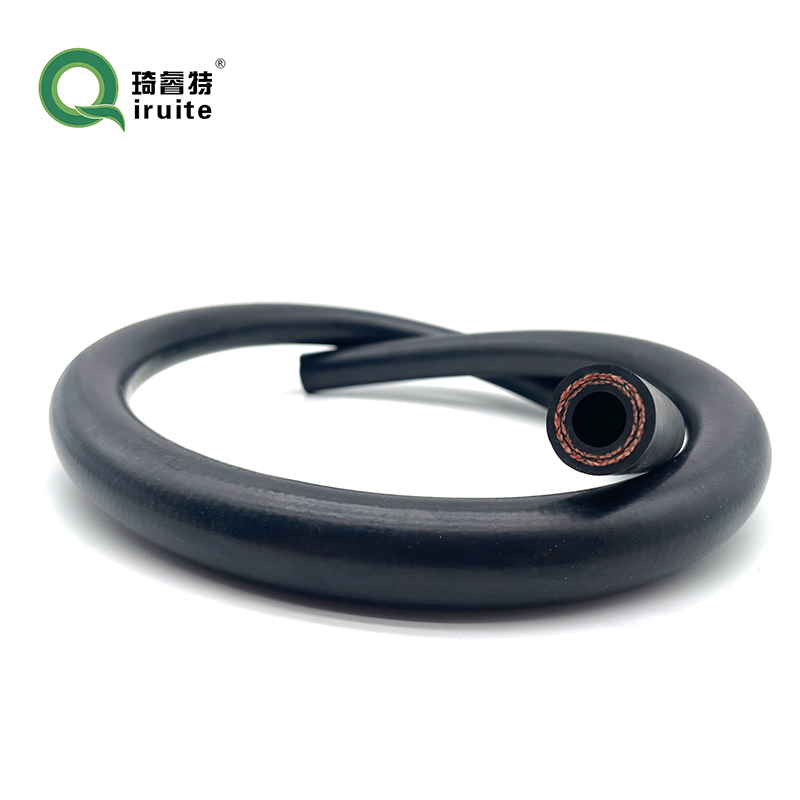Estimated Time Required for Replacing a Power Steering Hose in Your Vehicle
How Long Does It Take to Replace Power Steering Hose?
Power steering systems are essential components of modern vehicles, providing drivers with the ease of maneuverability and control. One critical part of this system is the power steering hose, which carries power steering fluid from the pump to the steering gear. Over time, these hoses can wear out, leak, or become damaged, necessitating replacement. If you're facing this issue, you might wonder how long it takes to replace a power steering hose and what the associated costs and processes entail.
Understanding Power Steering Hose Replacement
Replacing a power steering hose can vary in duration based on several factors, including the make and model of the vehicle, the location of the hose, and the experience level of the mechanic performing the work. Generally, for a professional mechanic, the process can take anywhere from 1 to 2 hours. However, if you decide to undertake this task yourself, it may take longer if you lack experience or encounter complications.
Steps Involved in the Replacement Process
1. Preparation Before starting, ensure that the vehicle is parked on a flat surface, with the engine off and cooled down. Gather the necessary tools, including wrenches, screwdrivers, and a pan to catch any fluid.
2. Accessing the Hose Depending on your vehicle, accessing the power steering hose can be straightforward or a bit challenging. In some cases, it may be necessary to remove other components or parts to reach the hose effectively.
3. Removing the Old Hose Once you have access, clamp the hose using a pair of pliers near the connection points and loosen the clamp. Carefully disconnect the old hose from both the power steering pump and the steering gear. Be prepared for some steering fluid to spill out during this process, so have your pan ready.
how long does it take to replace power steering hose

4. Installing the New Hose After removing the old hose, compare it with the new one to ensure that they match in length and fittings. Attach the new hose to the power steering pump and steering gear, making sure to tighten the clamps securely.
5. Refilling the Fluid Once the new hose is in place, it's essential to refill the power steering system with the appropriate fluid. Check your vehicle's owner manual for the specific type of fluid required, then pour the fluid into the reservoir.
6. Bleeding the System After refilling, you’ll need to bleed the power steering system to remove trapped air. This is typically done by turning the steering wheel from lock to lock several times while the engine is running to allow the fluid to circulate.
7. Checking for Leaks Finally, inspect all connections for leaks. Start the engine and observe the hose for any signs of fluid escaping. If everything looks good, you’ve successfully replaced the power steering hose.
Cost Considerations
The cost to replace a power steering hose can range widely depending on whether you choose to do it yourself or hire a professional. If you opt for a DIY approach, you’ll only need to purchase the new hose and any necessary fluids, which can be anywhere from $30 to $150. On the other hand, if you go to a mechanic, the labor and parts combined can range from $100 to $300, depending on the hourly labor rate and the vehicle's complexity.
Conclusion
Replacing a power steering hose is a manageable task that can significantly impact your vehicle’s handling and safety. Whether you choose to tackle it yourself or hire a mechanic, understanding the time and costs involved can help you make an informed decision. With the right tools and a bit of patience, you can ensure that your power steering system operates smoothly for miles to come.
-
Ultimate Spiral Protection for Hoses & CablesNewsJun.26,2025
-
The Ultimate Quick-Connect Solutions for Every NeedNewsJun.26,2025
-
SAE J1401 Brake Hose: Reliable Choice for Safe BrakingNewsJun.26,2025
-
Reliable J2064 A/C Hoses for Real-World Cooling NeedsNewsJun.26,2025
-
Heavy-Duty Sewer Jetting Hoses Built to LastNewsJun.26,2025
-
Fix Power Steering Tube Leaks Fast – Durable & Affordable SolutionNewsJun.26,2025

